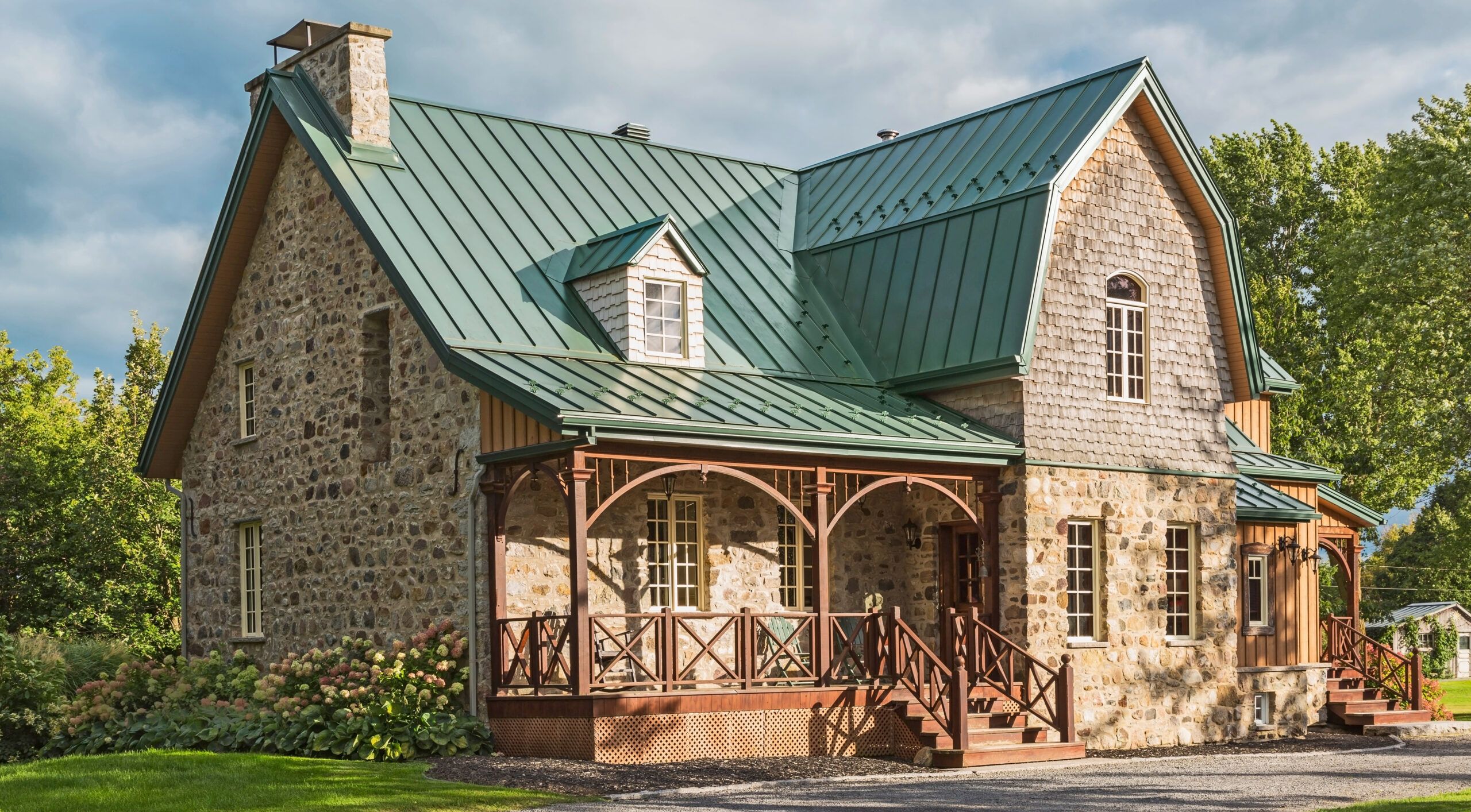Metal roofs are durable, energy-efficient, and aesthetically appealing. With a lifespan of 50 years or more, they offer long-lasting protection for your home. This guide explores metal roofing styles, materials, and designs to help you invest in the perfect metal roof for your home.
Understanding Metal Roof Materials
Metal roofs come in different materials, including steel, aluminum, copper, and zinc. Each type is different in terms of durability and appearance. What material you choose can also impact the cost of a metal roof. Here’s an overview of these common materials.
Steel Roofing
Steel is one of the most widely used materials for metal roofing due to its strength and affordability. Steel roofs are rust-resistant, available in various colors, and resistant to cracking, shrinking, and eroding.
Aluminum Roofing
Aluminum roofs are popular in coastal areas due to their corrosion resistance. Although aluminum is typically more expensive than steel, it offers superior longevity in harsh environments. Aluminum roofing can be painted in various colors to match your home.
Copper Roofing
Copper is known for its distinct appearance and longevity. Over time, it develops a green patina that many homeowners like. While it’s one of the most expensive metal roofing options, copper can last for a century with proper maintenance.
Zinc Roofing
Zinc is another high-end metal roofing option that offers excellent durability and a unique, matte-gray appearance. Like copper, zinc develops a protective patina over time. It’s highly resistant to corrosion and can last up to 100 years.
Popular Metal Roof Styles
Metal roofing comes in various styles to suit different architectural designs and personal preferences. Here are some of the most popular metal roof styles.
Standing Seam
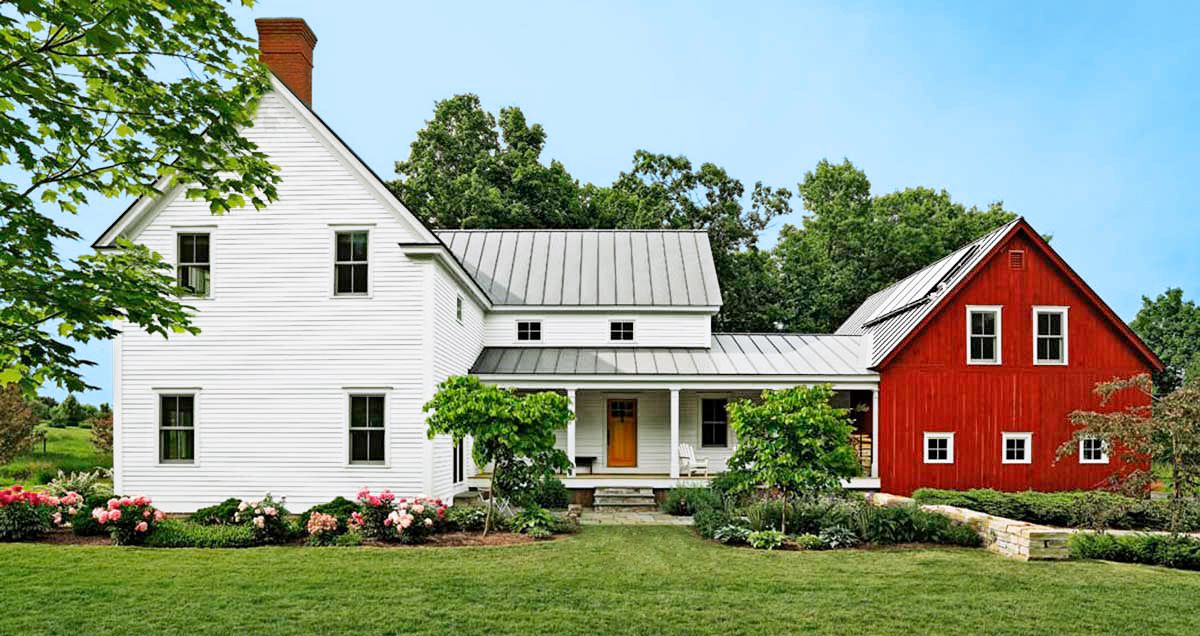
Similar to shown: Universal Standing Seam in Silverstone; Green American Home
Standing seam is one of the most recognizable and popular metal roof styles. Its sharp lines, created where panel edges interlock, suit a wide range of homes. Hidden clips hold the panels in place, allowing the metal to expand and contract with temperature fluctuations. This style is known for its clean, contemporary look and excellent water-shedding capabilities. You can expect to pay between $7,540 and $39,430 for a 1,000 square-foot standing seam roof.
Metal Shingles
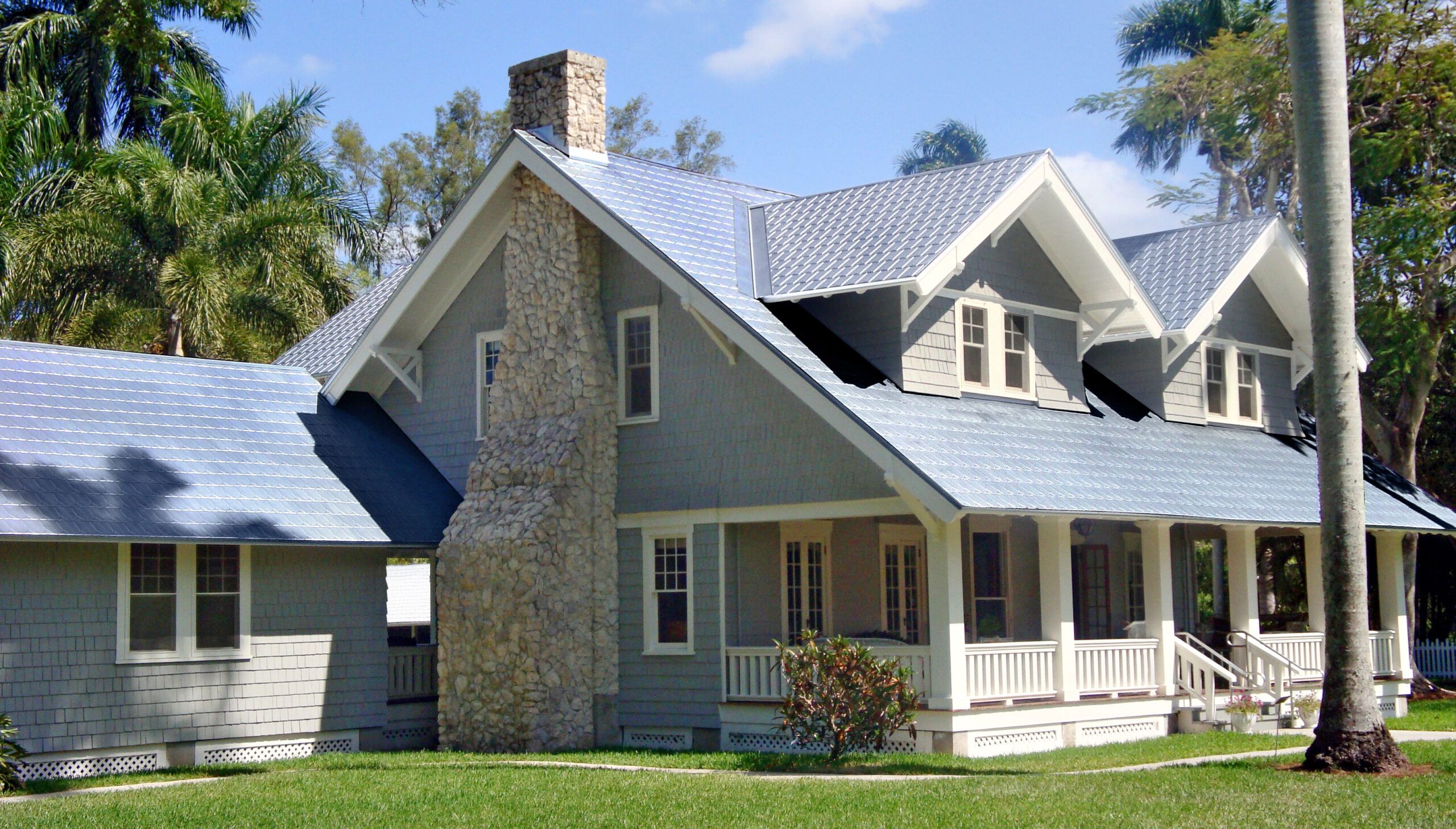
Shown: Victorian Shingles in Zinc Gray; Berridge
Metal shingles offer the look of traditional roofing materials like wood shakes and clay tiles without the added weight and maintenance. These panels are often embossed to replicate the texture of other materials. For example, Victorian shingles in zinc gray from Berridge replicate the elaborate scalloped roofing of the Victorian era.
Stone-Coated Metal Roofing
Stone-coated metal roofing combines the durability of steel with the aesthetic appeal of traditional roofing materials, such as shakes, tiles, or shingles. These Galvalume panels are covered with fade-resistant ceramic granules. This type of roofing can have a Class A fire rating and withstand winds up to 120 miles per hour. The varied color and lack of sheen make it an attractive option for homeowners who want a more traditional look.
Corrugated Metal Roofing
Corrugated metal roofing is characterized by its wavy, ridged pattern. While traditionally associated with agricultural or industrial buildings, modern corrugated metal roofs can provide a sleek, contemporary look for residential homes. This style is lightweight and easy to install and offers excellent water runoff capabilities.
Aesthetic Considerations for Metal Roofs
From color choices to finishes and accents, there are numerous ways to customize your metal roof to complement your home’s architecture and personal style.
Color Options and Their Impact

Choosing the right color for your metal roof can enhance your home’s existing siding and boost its curb appeal. Consider the following color options and the impact they could have on your home:
- Bold hues: Vibrant colors like red, blue, or green can make a statement and add personality to your home’s appearance.
- Classic neutrals: Timeless colors like white, gray, and black provide a clean, sophisticated look that can complement any architectural style.
- Earthy tones: Colors like brown, beige, or tan can give your home a warm, inviting feel.
- Metallic finishes: Options like copper or metallic silver can add a touch of flare and luxury to your home’s exterior.
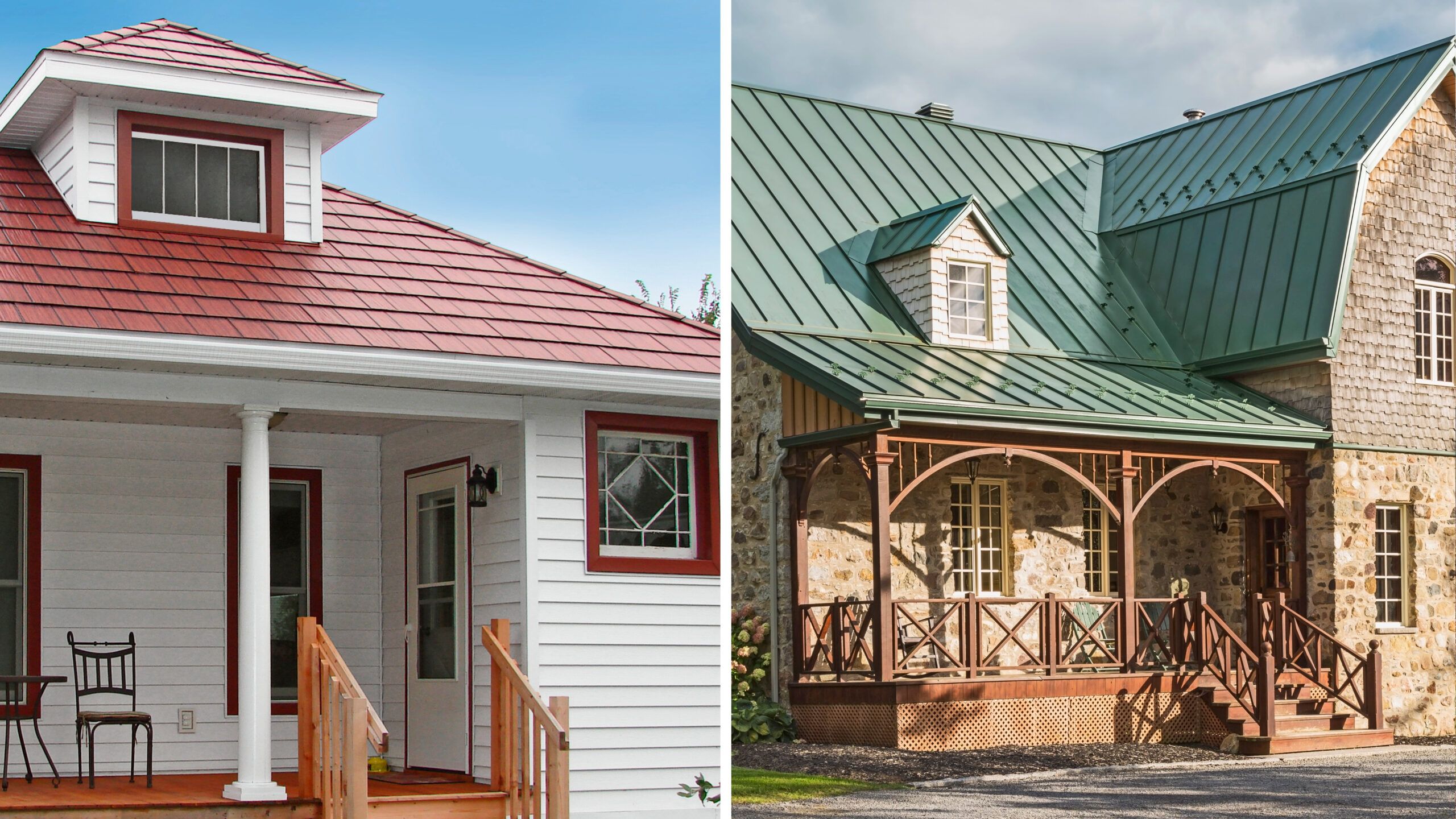
Paint Finishes and Durability
The paint finish on your metal roof affects both its appearance and longevity. These are the two main types of factory-applied coatings:
- Polyvinylidene fluoride (PVDF): These specialty metal paints, such as Kynar 500 or Hylar 5000, are known for their durability and UV resistance. They often come with 10- to 30-year warranties against fading and chalking.
- Silicone-modified polyester (SMP): These paints are typically less expensive than PVDF, making them a popular choice for budget-conscious homeowners. They come with warranties covering color defects for about 30 years. However, noticeable fading may occur after about 10 years.
When considering warranties, remember that a coating with a 45-year warranty usually only covers the integrity of the paint film (cracks, chips, or peeling). Guarantees against chalking and fading are typically five to 10 years shorter.
Accenting Your Home With Metal Roofing
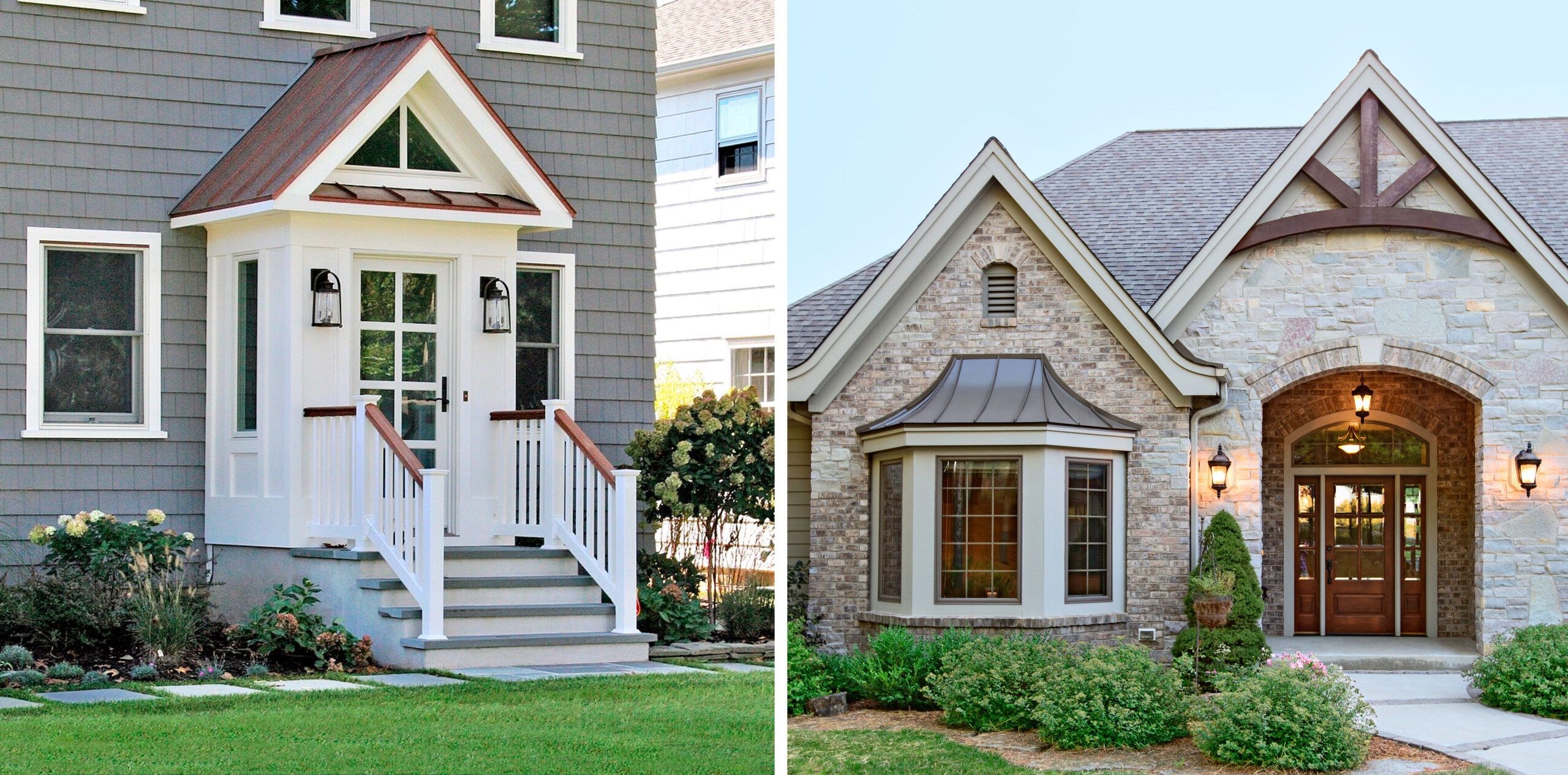
Even if you’re not ready for a full metal roof, you can use metal roofing as an accent to enhance small-scale areas of your home, such as the following:
- Portico roofs (top left): A dark bronze standing-seam metal roof can stand out beautifully against crisp white trim on a traditional Colonial Revival-style house.
- Bay window roofs (top right): Copper-colored metal with graceful, curved seams can elevate the look of a bay window.
- Turret tops (bottom left): Scalloped copper shingles can create a dramatic focal point, especially as they develop a natural patina over time.
- Porch roofs (bottom right): A pale-gray metal finish can offer a pleasing contrast to textured stucco siding and raw-wood porch posts on Spanish Colonial-style houses.
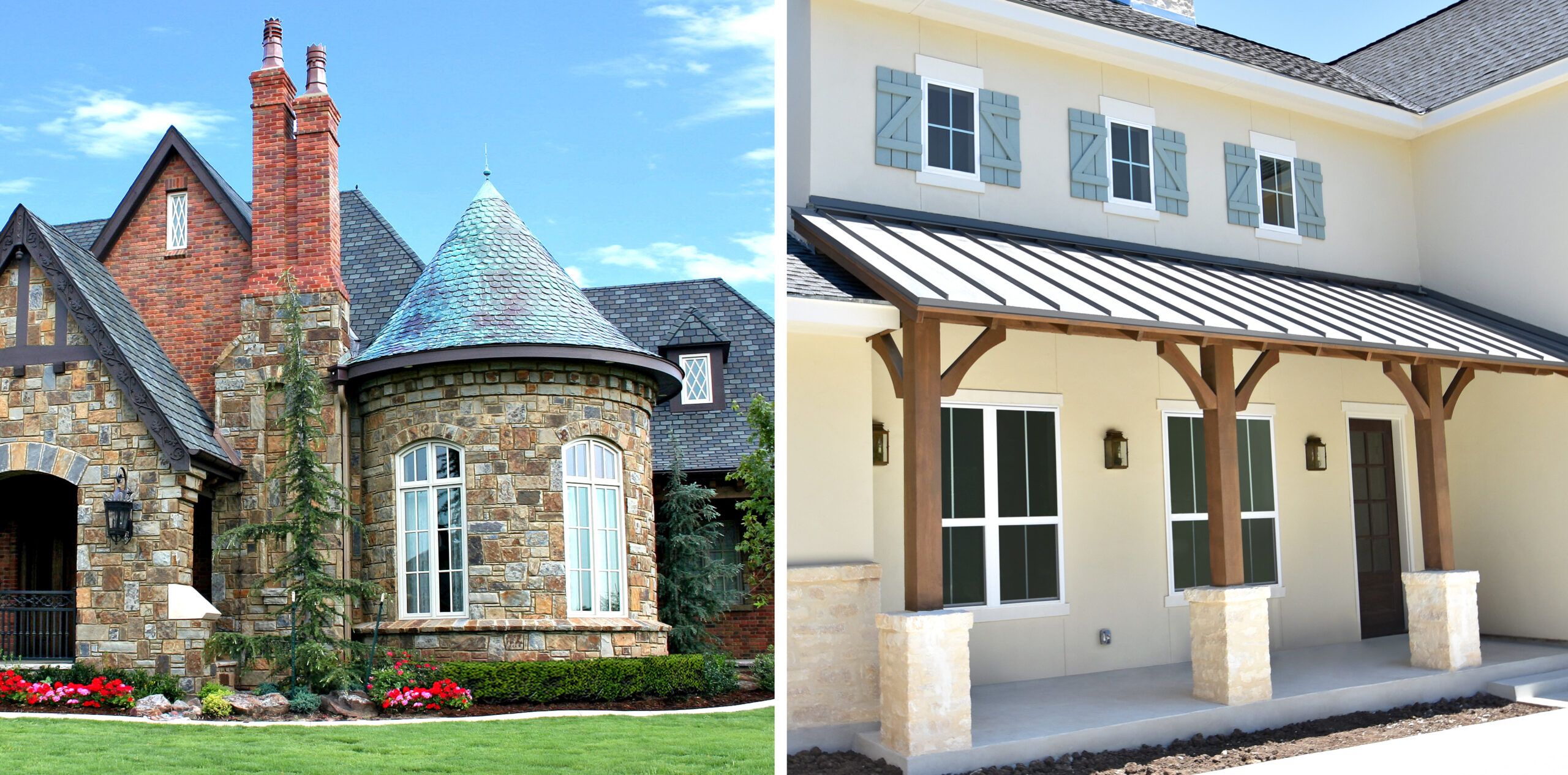
Benefits of Choosing a Metal Roof
Metal roofing offers numerous advantages that make it an attractive option for homeowners.
Longevity and Durability
One of the most significant benefits of metal roofing is its exceptional lifespan. While expensive, a metal roof can last 50 years or more with proper maintenance. This longevity is due to metal’s inherent strength and resistance to common roofing problems such as rot, insect infestation, and fire.
Metal roofs are also highly resistant to extreme weather conditions, such as high winds and heavy snow loads, and are less likely to be damaged by hail compared to traditional roofing materials. This durability translates to fewer repairs and replacements over the life of your home.
Energy Efficiency
Metal roofs can significantly improve your home’s energy efficiency. Many metal roofing products have special reflective coatings that minimize heat absorption. This feature, known as “cool roof” technology, can help reduce cooling costs by reflecting solar radiation away from the home.
In colder climates, metal roofs can be installed with above-sheathing ventilation, creating an air space between the metal and the roof deck. This can help improve insulation performance and reduce heat loss in winter months.
Environmental Sustainability
Metal roofing offers green benefits for environmentally conscious homeowners. Most metal roofing materials are 100% recyclable at the end of their lifespan, reducing landfill waste. Plus, many metal roofs are manufactured using recycled materials, further reducing their environmental impact.
Metal roofs’ long lifespan also makes them sustainable. By lasting two to three times longer than traditional roofing materials, metal roofs reduce the need for frequent replacements and the associated waste and resource consumption.
Potential Drawbacks of Metal Roofing
While metal roofing offers many benefits, there are some downsides too. Understanding these factors can help you weigh the pros and cons of choosing a metal roof for your home.
Initial Cost Considerations
The biggest drawback of metal roofs is the initial cost. Metal roofing materials and installation are generally more expensive than traditional asphalt shingles. The cost can vary widely depending on the type of metal, style, and complexity of your roof, but according to Angi, you can expect to pay an average of $11,600 for a metal roof.
Noise Concerns
Many people have the misconception that metal roofs are noisy during rain or hailstorms. However, while a poorly installed metal roof can be louder than other types, advanced installation techniques have largely mitigated this issue. Proper insulation and solid sheathing beneath the metal roofing significantly reduces noise transmission.
Maintenance Requirements
While metal roofs are generally low maintenance, they’re not entirely maintenance-free. Regular inspections are necessary to check for loose fasteners, sealant failures, or damage from fallen branches. In some cases, the paint finish may fade over time, requiring repainting to maintain its appearance and protective qualities.
Walking on a metal roof requires care to avoid denting the panels. This can make tasks like cleaning gutters or removing snow more challenging, potentially requiring professional assistance.
Installation Process for Metal Roofs
Installing a metal roof is a complex process that requires skill and experience.
Preparing Your Home
Your home needs to be properly prepared before installation can begin. This typically involves the following steps:
- Removing the existing roofing material: Metal roofing can be installed over existing shingles in some cases, but it’s often better to start with a clean slate.
- Inspecting and repairing the roof deck: Any damaged or rotted wood needs to be replaced to ensure a solid foundation for the new roof.
- Installing an underlayment: This provides an additional water barrier and can help with noise reduction.
- Setting up proper ventilation: Adequate ventilation is crucial for the longevity of your roof and the energy efficiency of your home.
Choosing a Qualified Contractor
The quality of your metal roof installation is just as important as the quality of your roofing materials. When selecting a contractor, you should take the following steps:
- Look for experience: Choose a contractor with experience in metal roof installation.
- Check credentials: Ensure your roofing contractor is licensed, insured, and certified by metal roofing manufacturers.
- Ask for references: Request and check references from previous metal roofing projects.
- Get detailed quotes: Ensure all aspects of the job, from materials to labor to cleanup, are included in your quote.
- Discuss warranty options: Understand both the manufacturer’s material warranty and the contractor’s workmanship warranty.
Enhancing Your Metal Roof’s Performance
To maximize the benefits of your metal roof, consider additional features and enhancements that can improve your roof’s functionality, safety, and overall performance.
Snow Guards
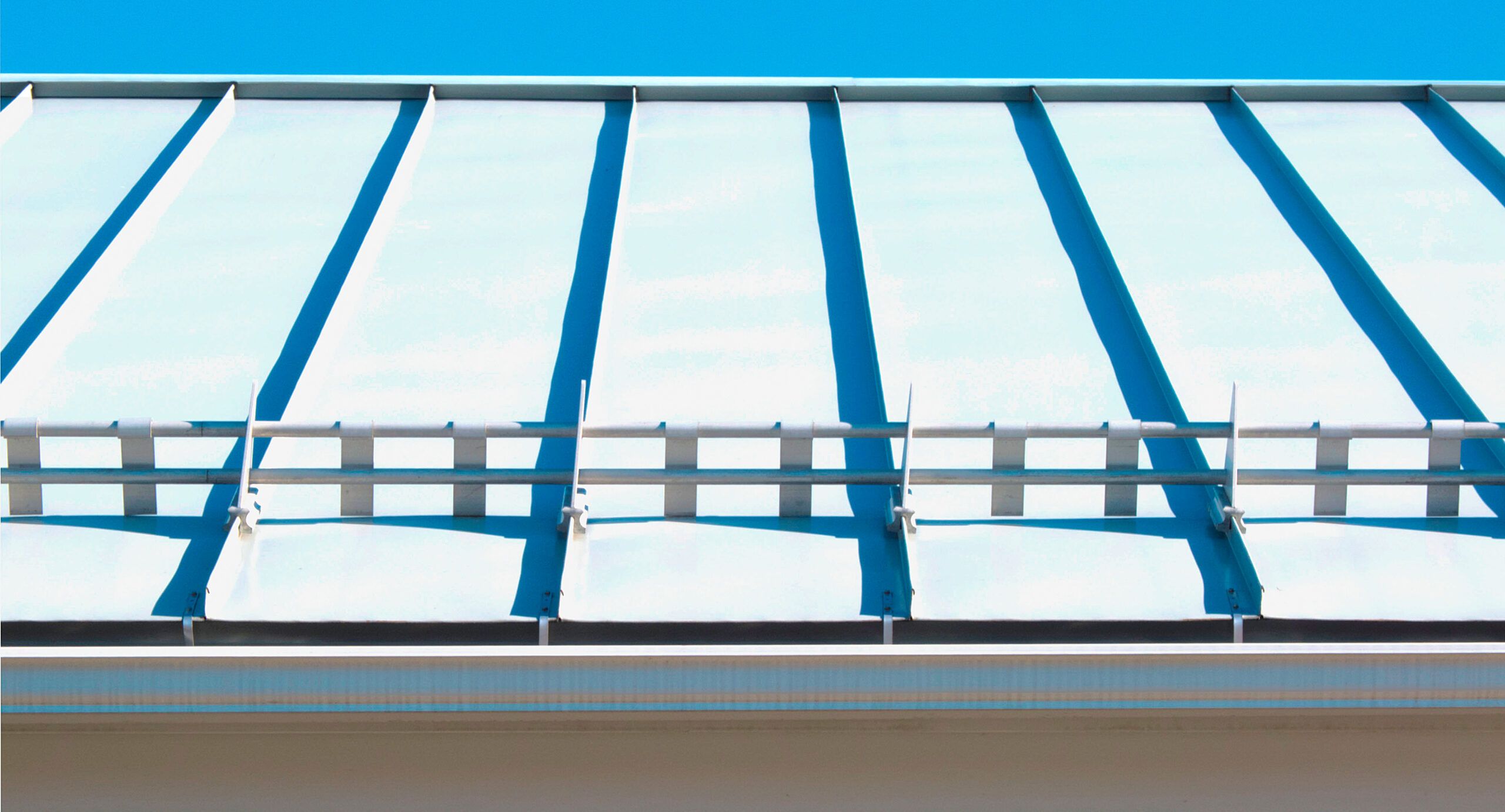
In regions with heavy snowfall, snow guards are an important safety feature for metal roofs. Without them, a thick layer of snow can slide off your roof and potentially damage landscaping or injure people and pets below.
Snow guards are sturdy little plates placed several feet above the eaves in a staggered pattern, protruding a few inches above the roof. They hold the snow in place until it slowly melts away. Snow rails that run parallel to the eaves can be used for areas that get frequent heavy snow. These effectively hold back thick packs that accumulate after heavy snowfalls.
Both snow guards and rails can be fastened to the roof deck or glued directly to the roof with high-tech adhesives. If you live in an area prone to heavy snowfall, discuss snow guard options with your roofing contractor.
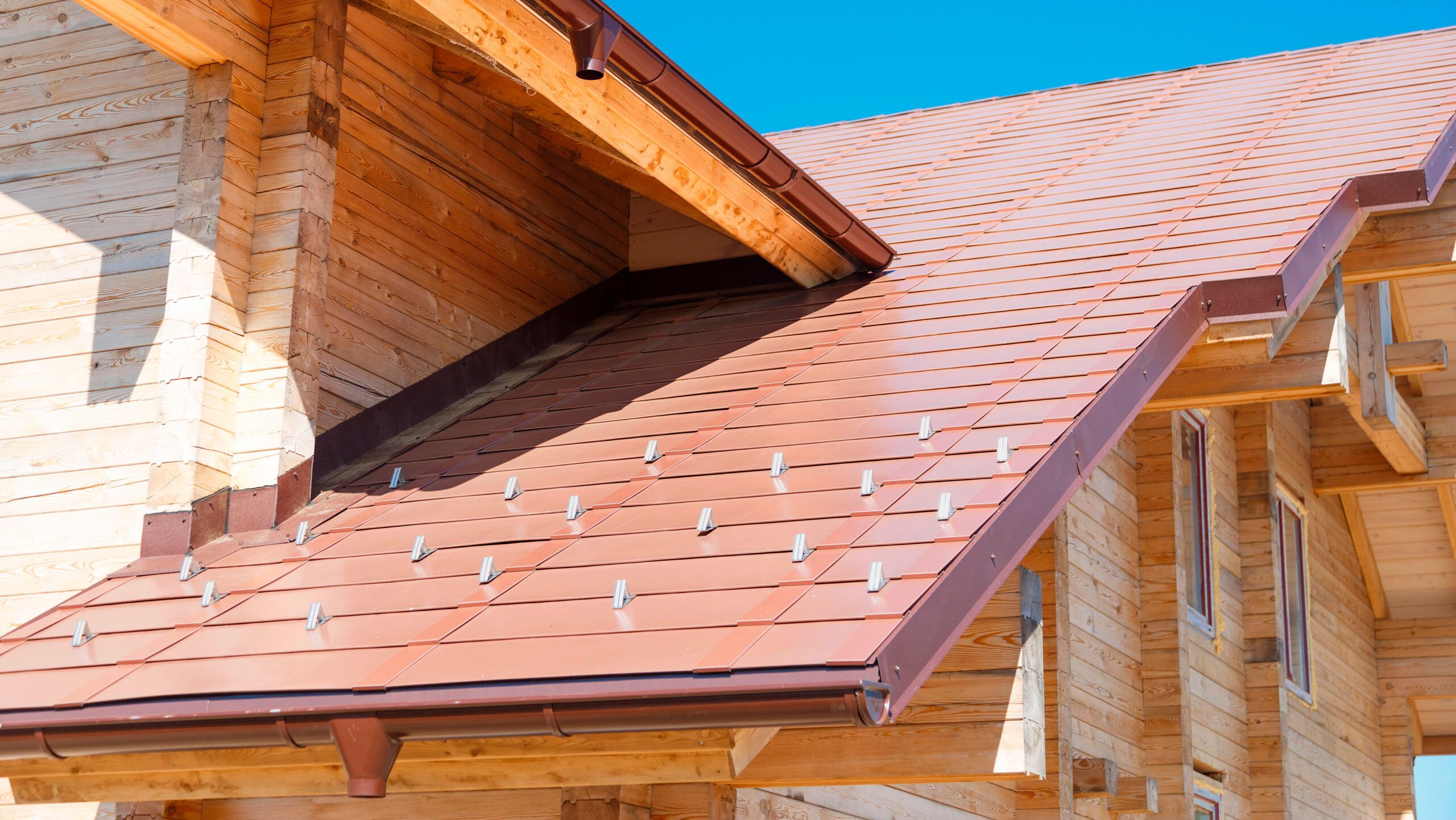
Proper Ventilation Techniques
Good ventilation helps regulate temperature and moisture levels in your attic space, which can prevent issues like ice dams in winter and excessive heat buildup in summer.
Above-sheathing ventilation (ASV) is a technique for metal roofs that can enhance energy efficiency. This involves creating an air space between the metal roofing and the roof deck, allowing for better air circulation. ASV can help reduce heat transfer into the attic in summer and prevent ice dams in winter.
Your roofing contractor should assess your home’s needs and design a ventilation system that works with your metal roof to maximize its performance and lifespan.
Metal Roofing for Different Architectural Styles
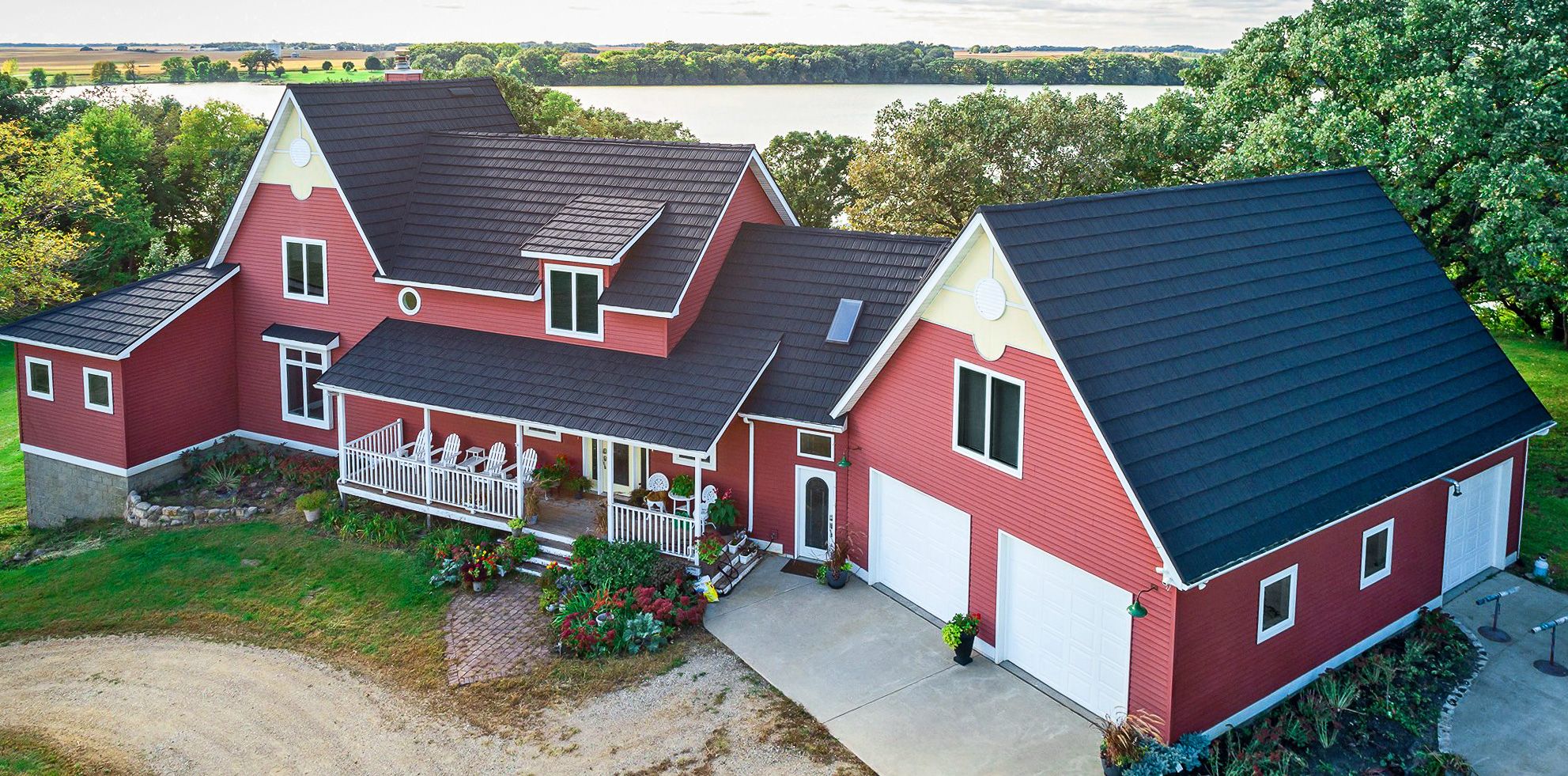
Shown: Boral Steel Pine-Crest Shake in Charcoal; Boral
Metal roofing is versatile enough to complement a wide range of architectural styles. Whether you have a traditional or modern home, there’s likely a metal roofing option that will work for you.
Traditional Home Designs
For traditional home designs, metal roofing can offer a classic look while providing modern benefits. We think the following homes look great with metal roofs:
- Colonial homes: Standing seam metal roofs in dark colors like charcoal or deep green can complement the symmetrical, formal style of Colonial architecture.
- Victorian homes: Decorative metal shingles can replicate the elaborate roofing styles common in the Victorian era.
- Craftsman homes: Metal shingles or shakes in earth tones can enhance the natural, handcrafted aesthetic of Craftsman-style homes.
Modern and Contemporary Structures
Metal roofing is well-suited to modern and contemporary architectural styles, such as the following:
- Minimalist designs: Sleek standing seam metal roofs in neutral colors like white, gray, or black can accentuate the clean lines of minimalist architecture.
- Industrial-inspired homes: Corrugated metal roofing can complement the raw, utilitarian aesthetic of industrial-style architecture.
- Mid-century modern: Low-slope metal roofs with wide overhangs can enhance the distinctive profile of mid-century modern homes.
Remember, the key to choosing the right metal roof for your home’s style is to consider not just the material but also the profile, color, and finish. These elements can either harmonize with your home’s existing architecture or create a striking contrast, depending on your design goals.
Our Conclusion
Metal roofing offers a combination of durability, energy efficiency, and aesthetic versatility that makes it an excellent choice for many homes. While the initial cost may be higher than traditional roofing materials, the long lifespan and low maintenance requirements can provide significant value over time.
From standing seam to stone-coated options in a wide range of colors and finishes, metal roofing can complement virtually any architectural style, whether you’re building a new home or replacing an existing roof. With proper installation and maintenance, a metal roof can protect and beautify your home for decades to come.
